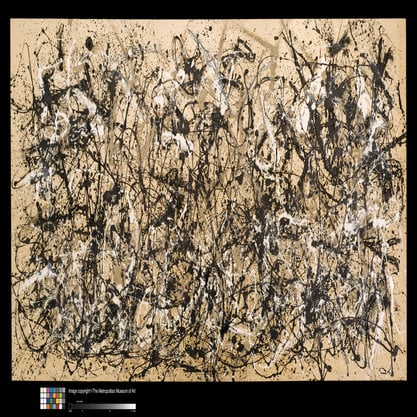Article
de Kooning, Willem (1904–1997) By Toteva, Maia
Article
A leading post-World War II artist, Willem de Kooning painted in the vigorous style known as ‘‘gestural abstraction’’ or ‘‘action painting,’’ one of the two divisions of Abstract Expressionism. The artists associated with this Abstract Expressionism—Jackson Pollock, Franz Kline, and Robert Motherwell, among others—emphasized the act of painting and used pronounced, often energetic, brushstrokes to convey expression. A preeminent figure of Abstract Expressionism, de Kooning occupied a distinct place within a group that rejected any critical labels. In 1955, de Kooning declared ‘‘Words and labels are very confusing. We need definitions. I’m not an Abstract Expressionist, but I express myself.’’ Although he experimented with various degrees of abstraction and epitomized the bold, improvisational brushstroke of Action Painting, de Kooning created a style that remained unique within the movement, with a deep commitment to the body and the human figure. Blending expressionist, cubist, and surrealist elements with technical skill, his paintings explored the ambiguous relations between figure and ground, abstraction and representation, and abstract versus overt figuration.



